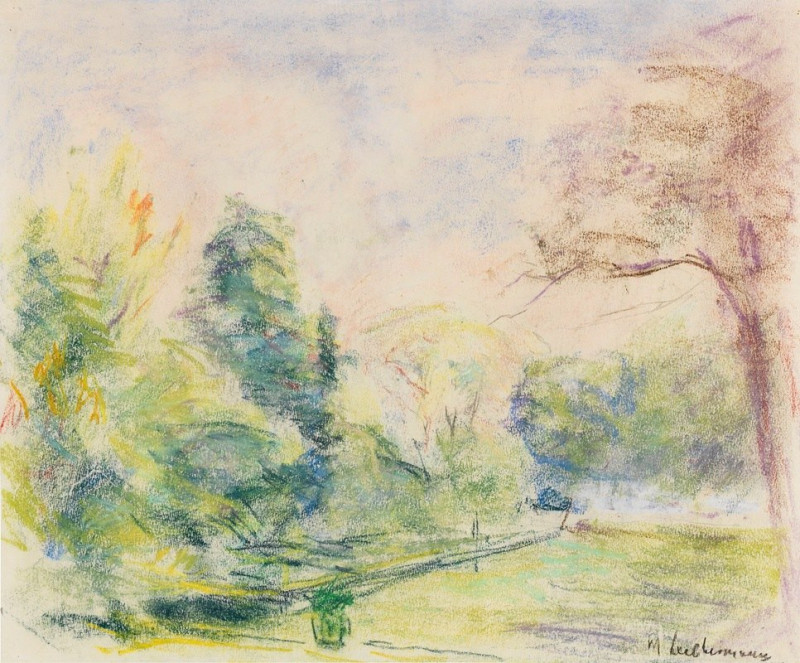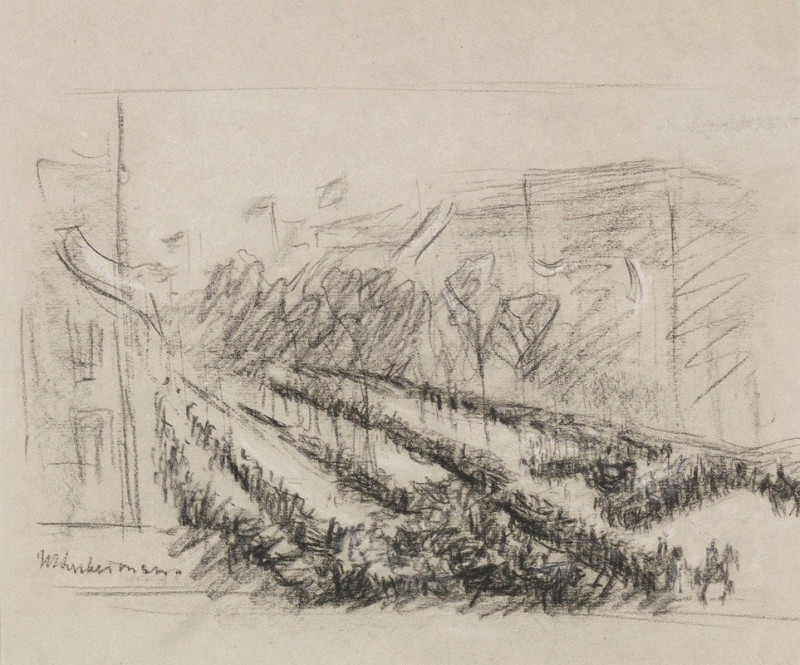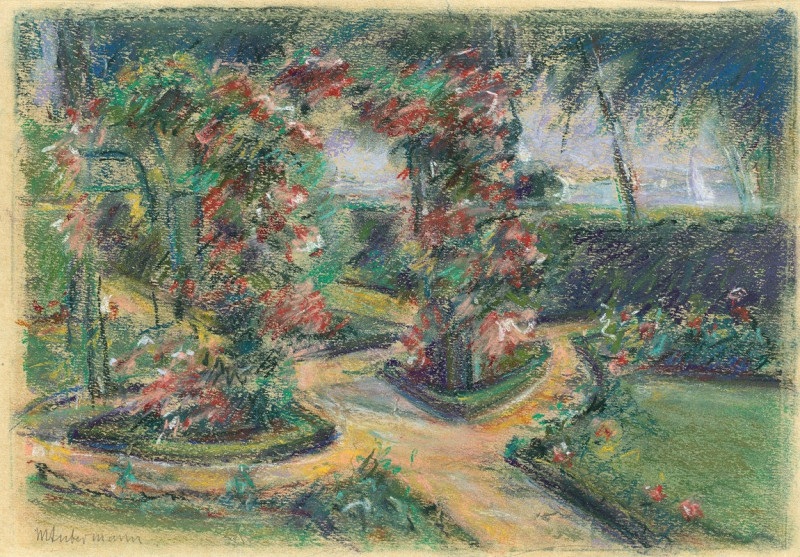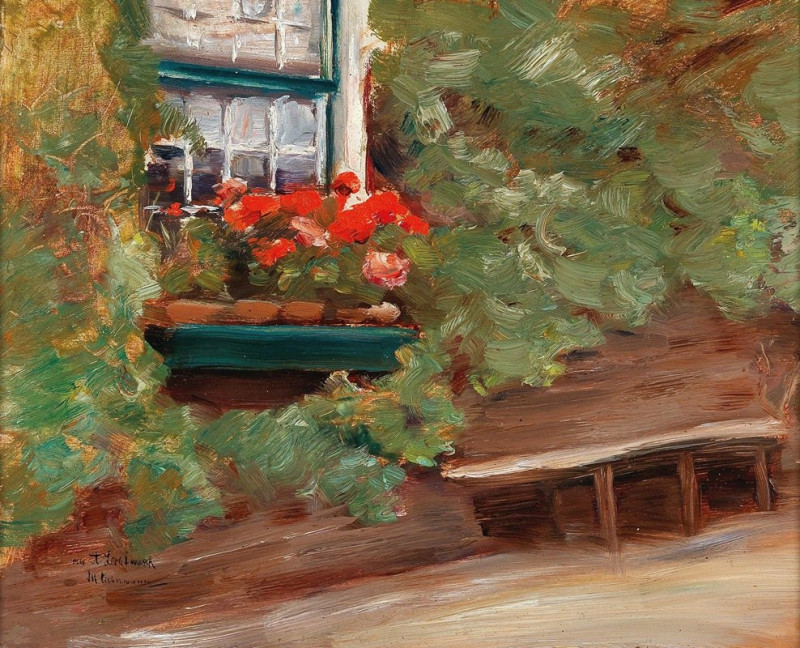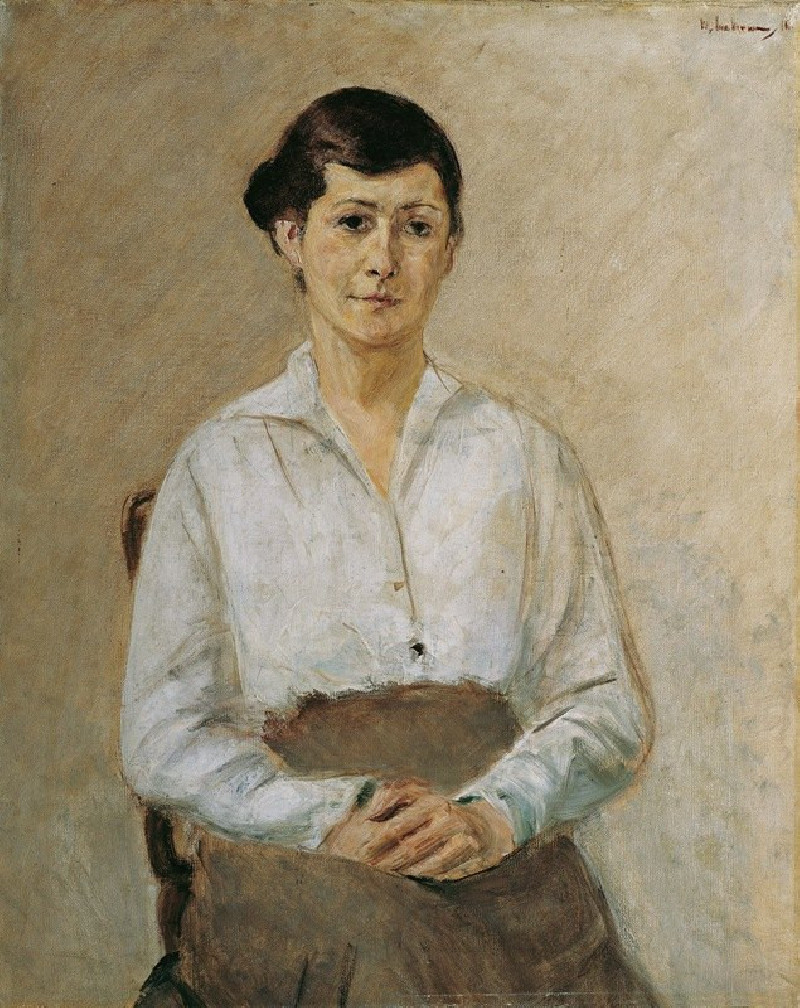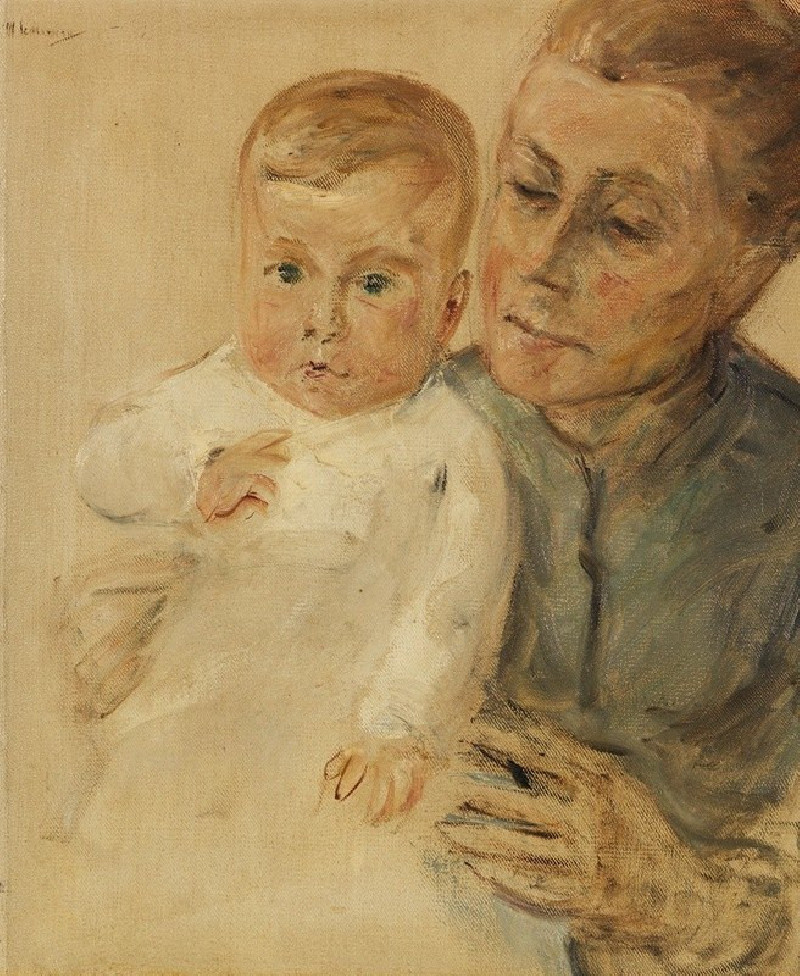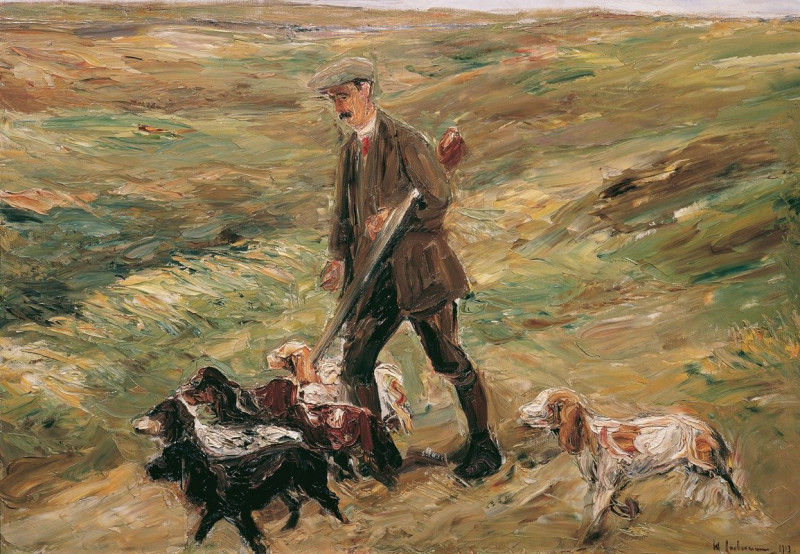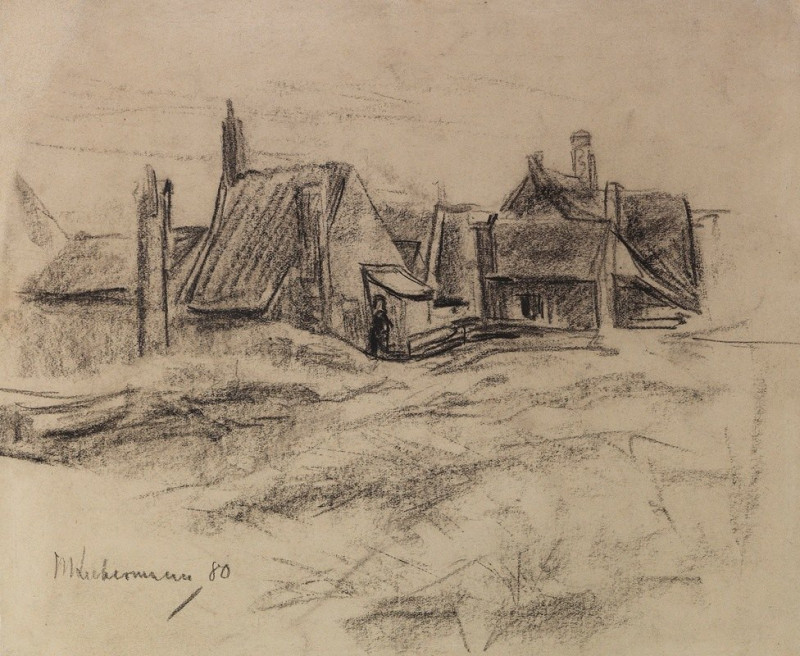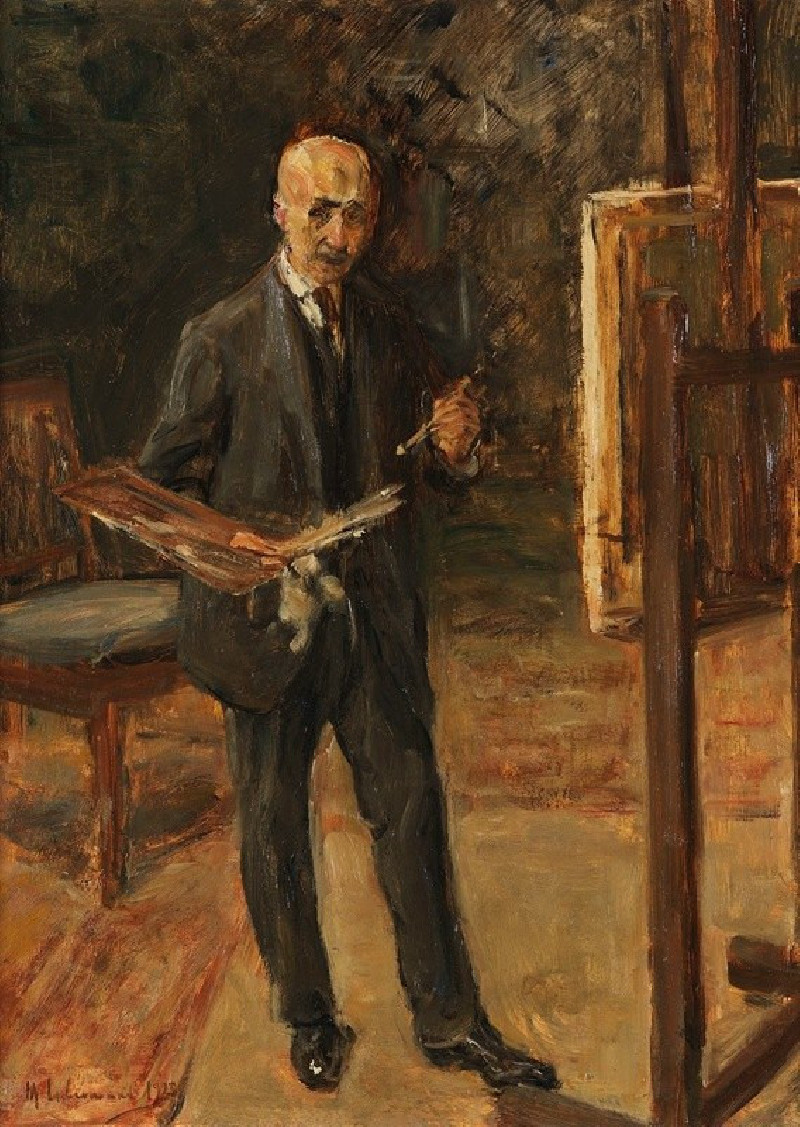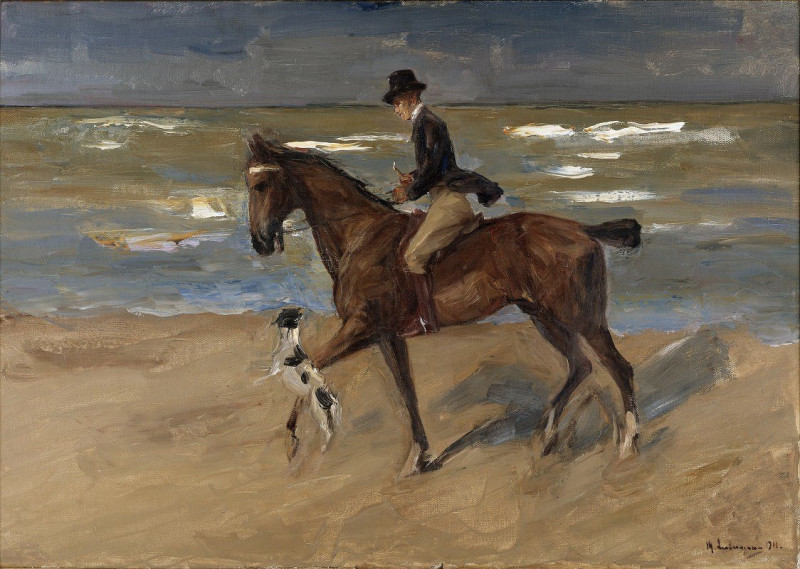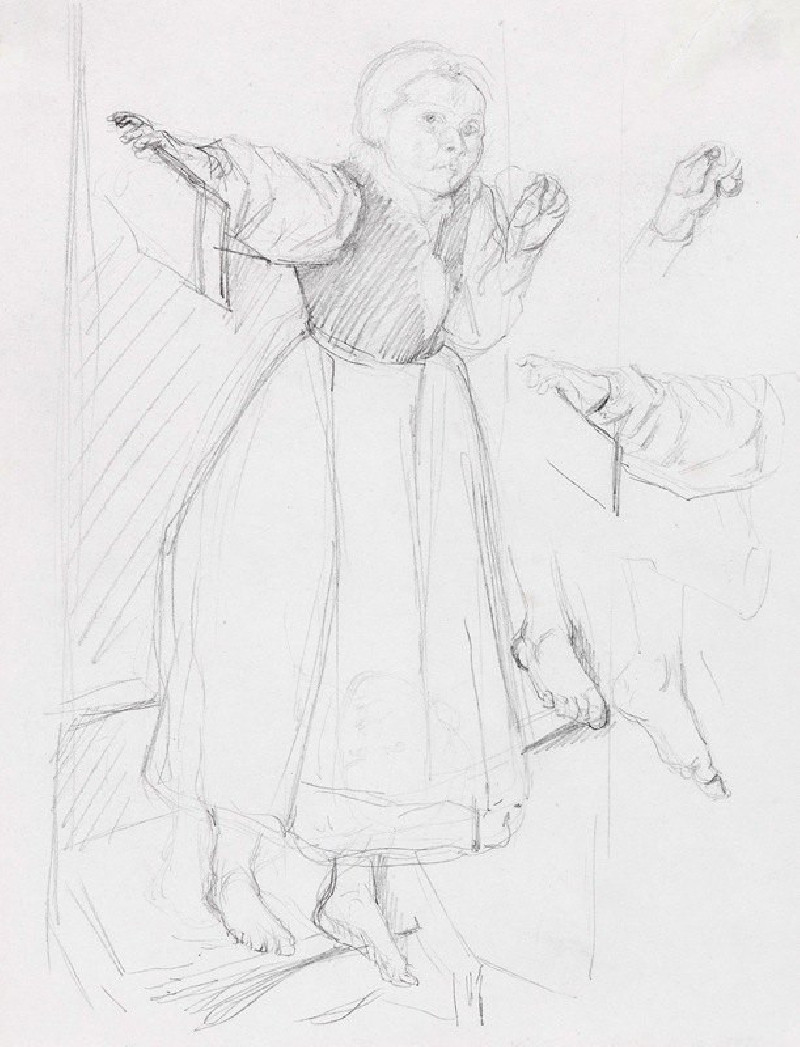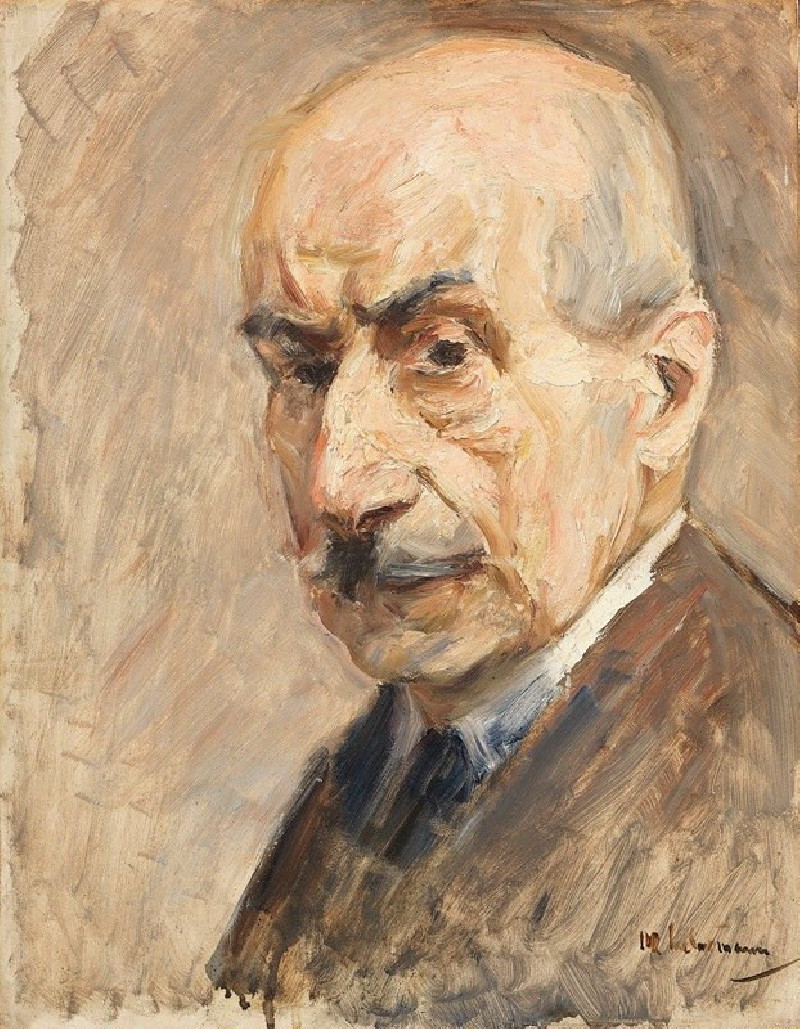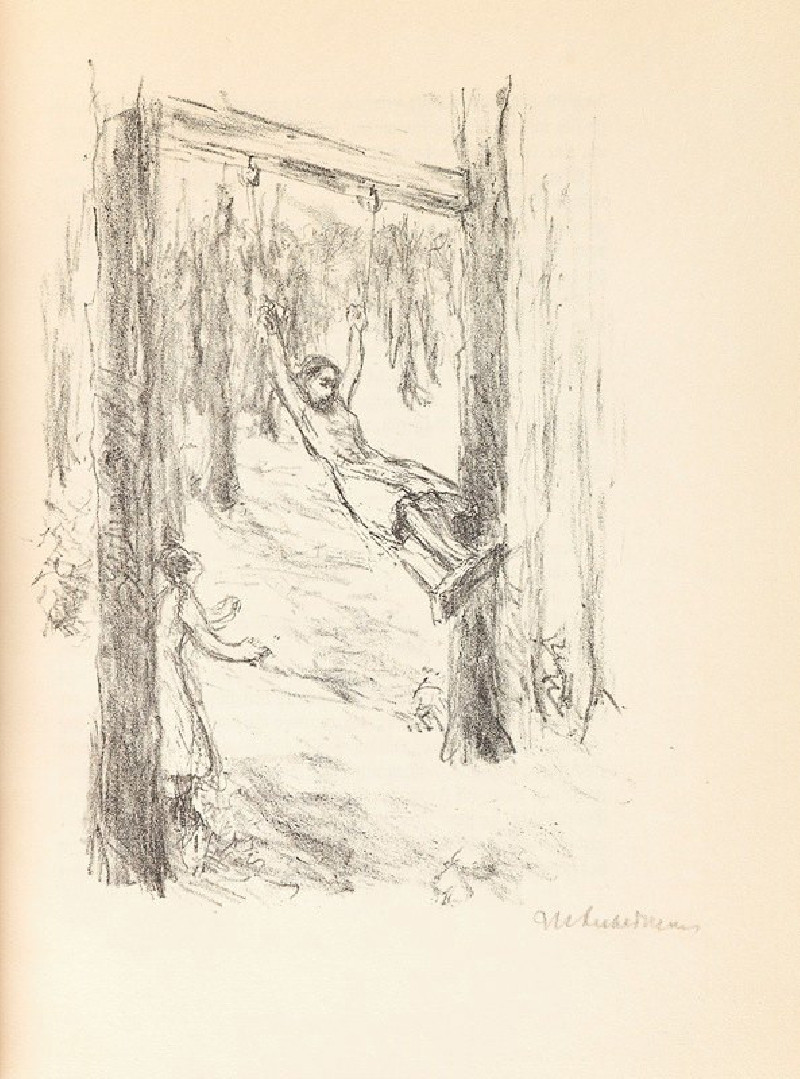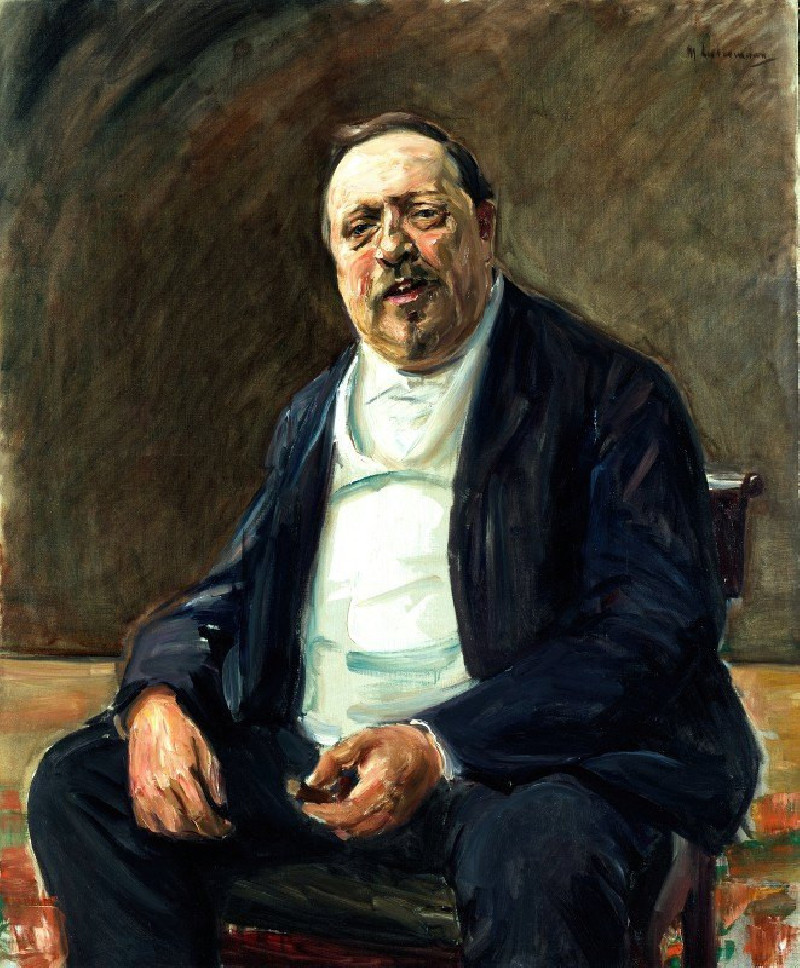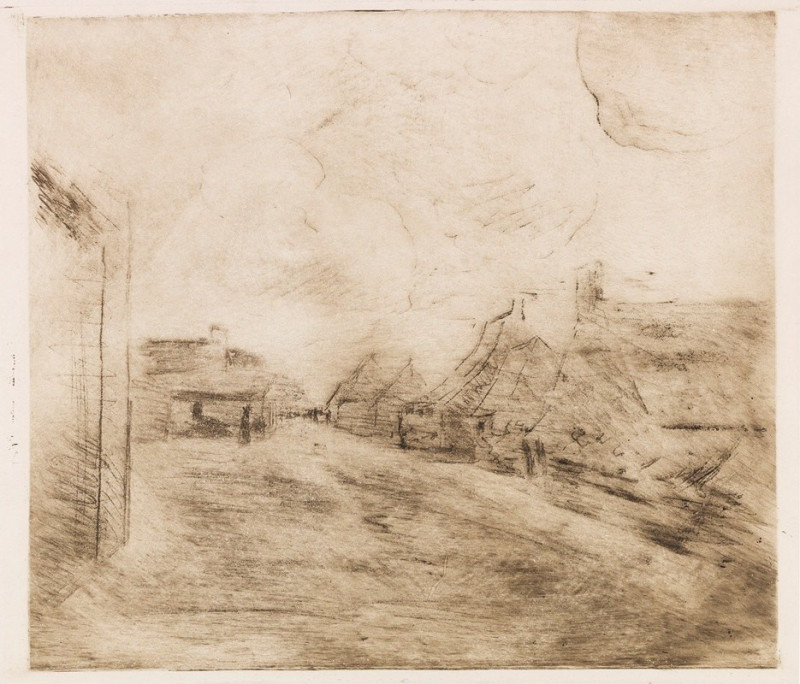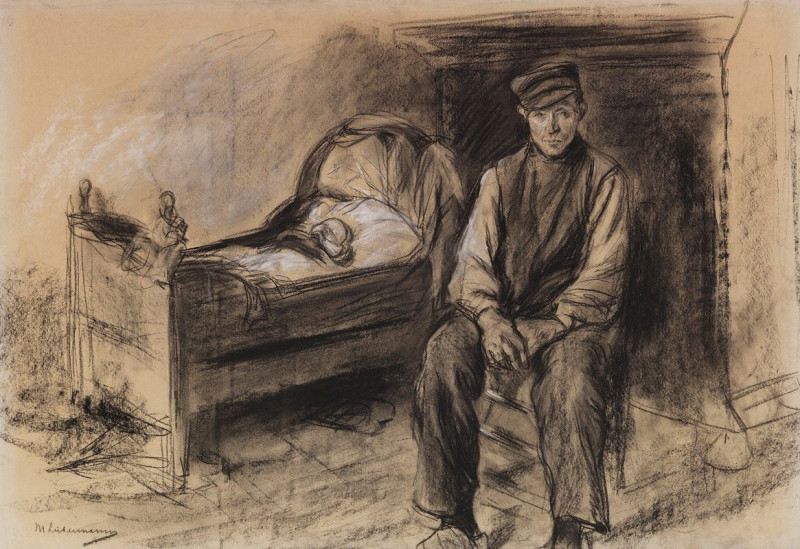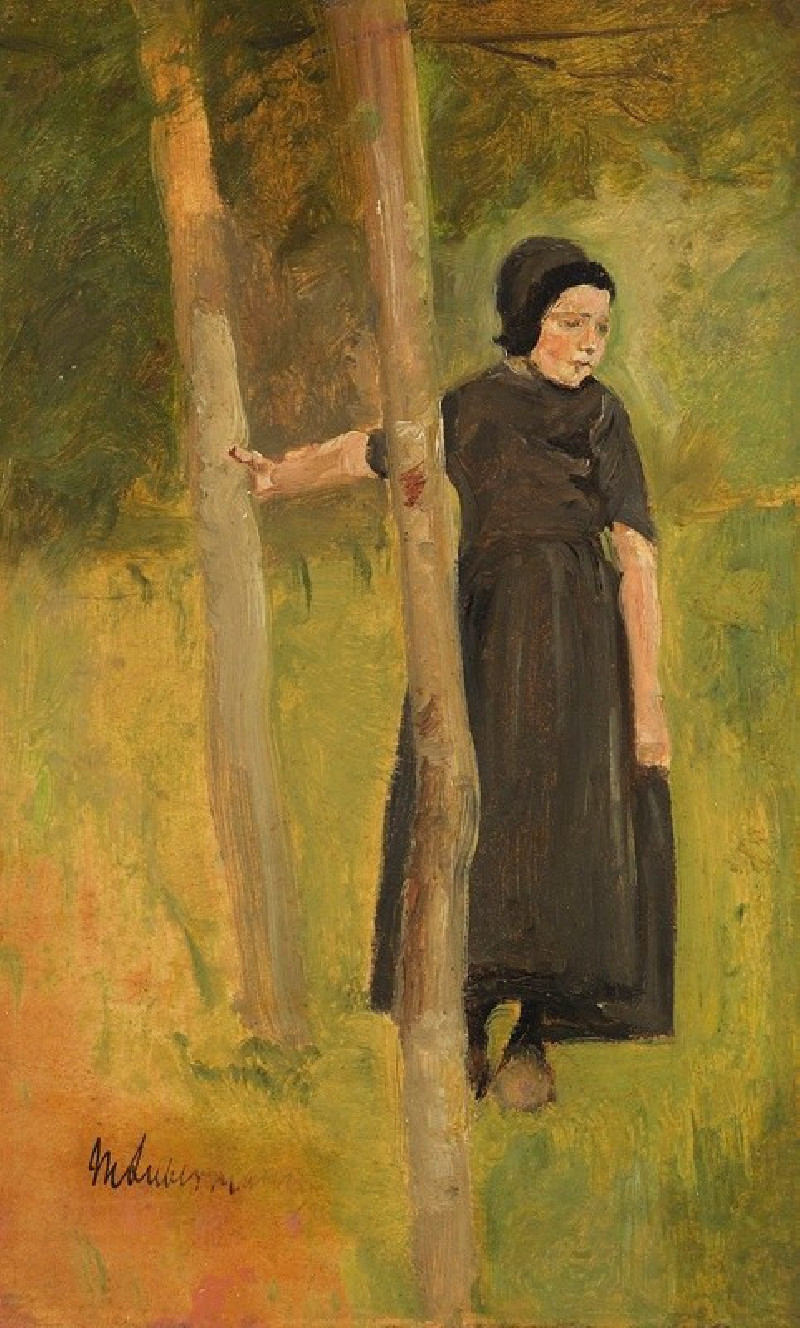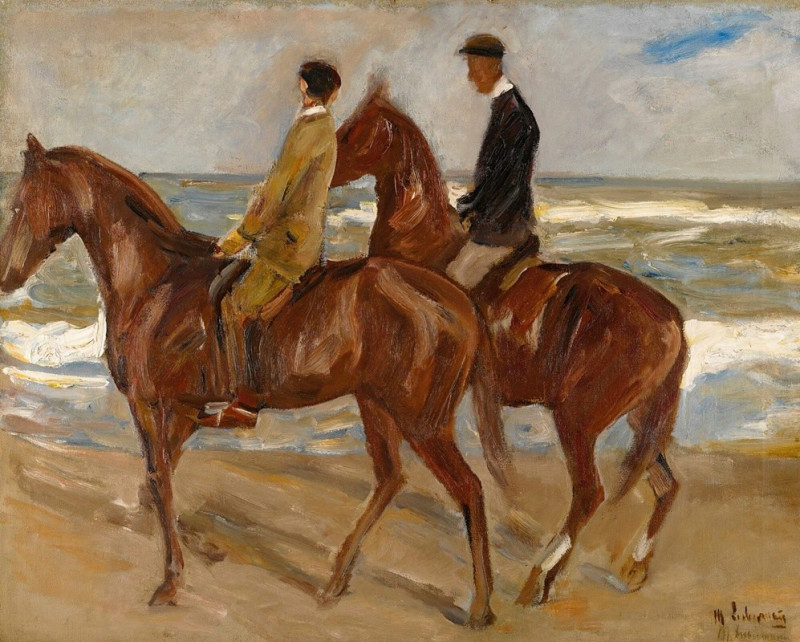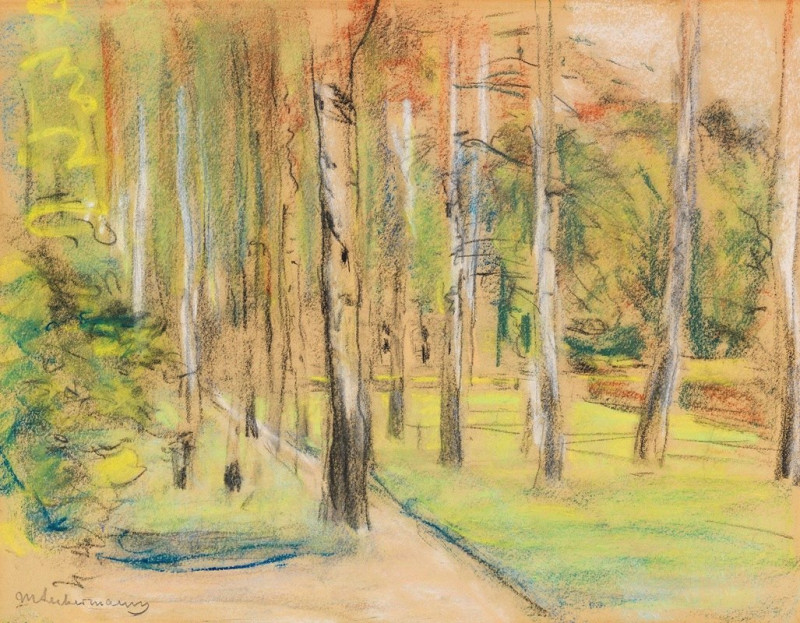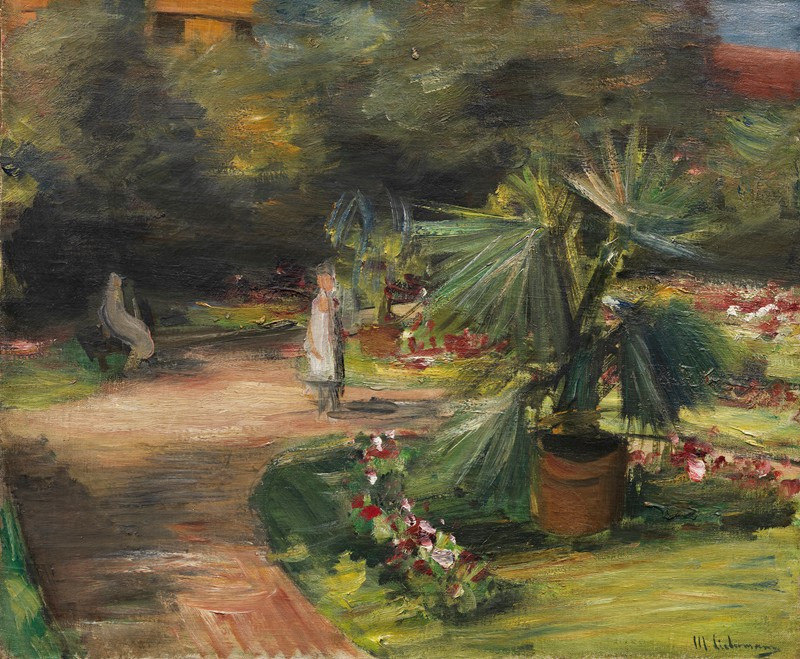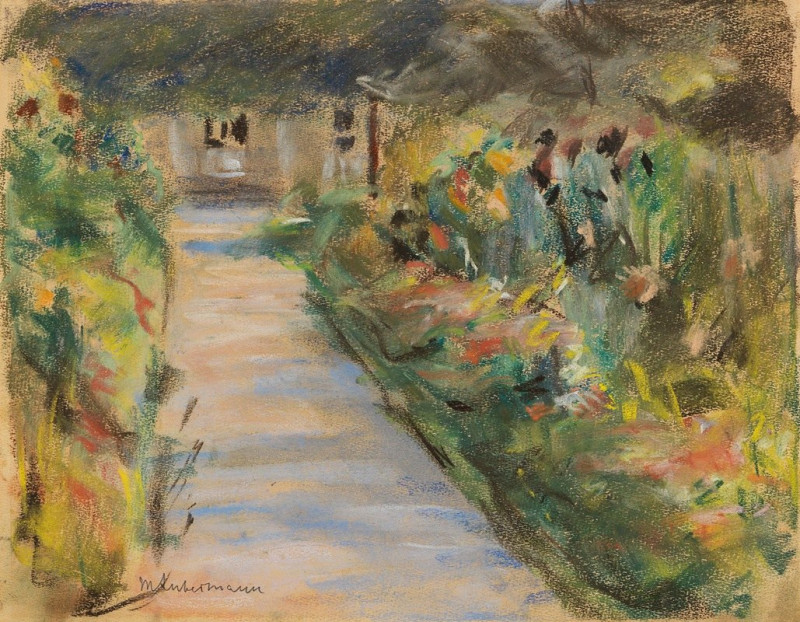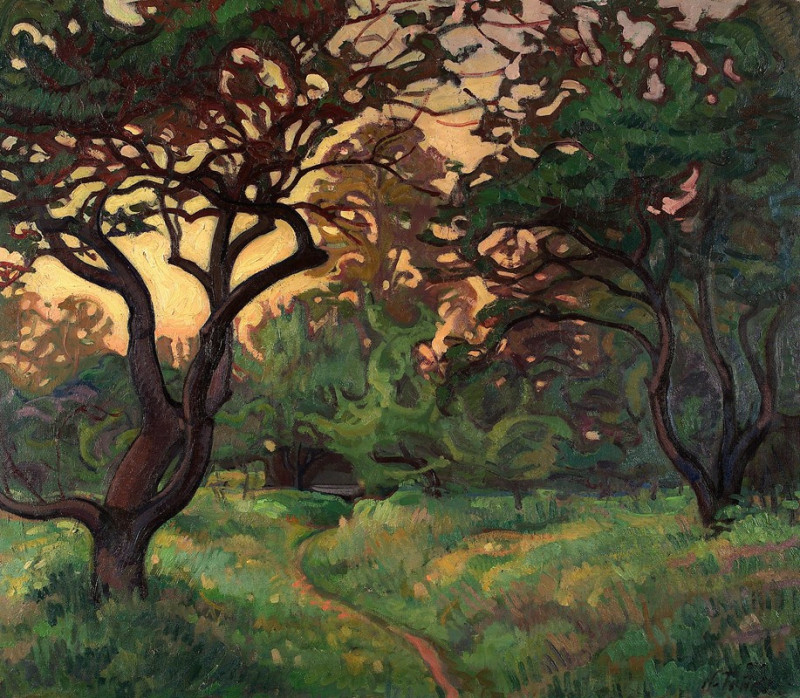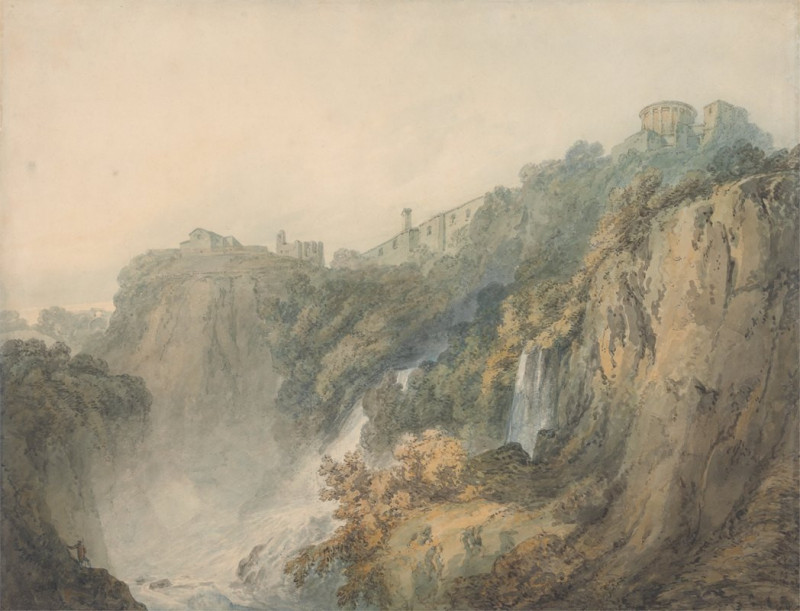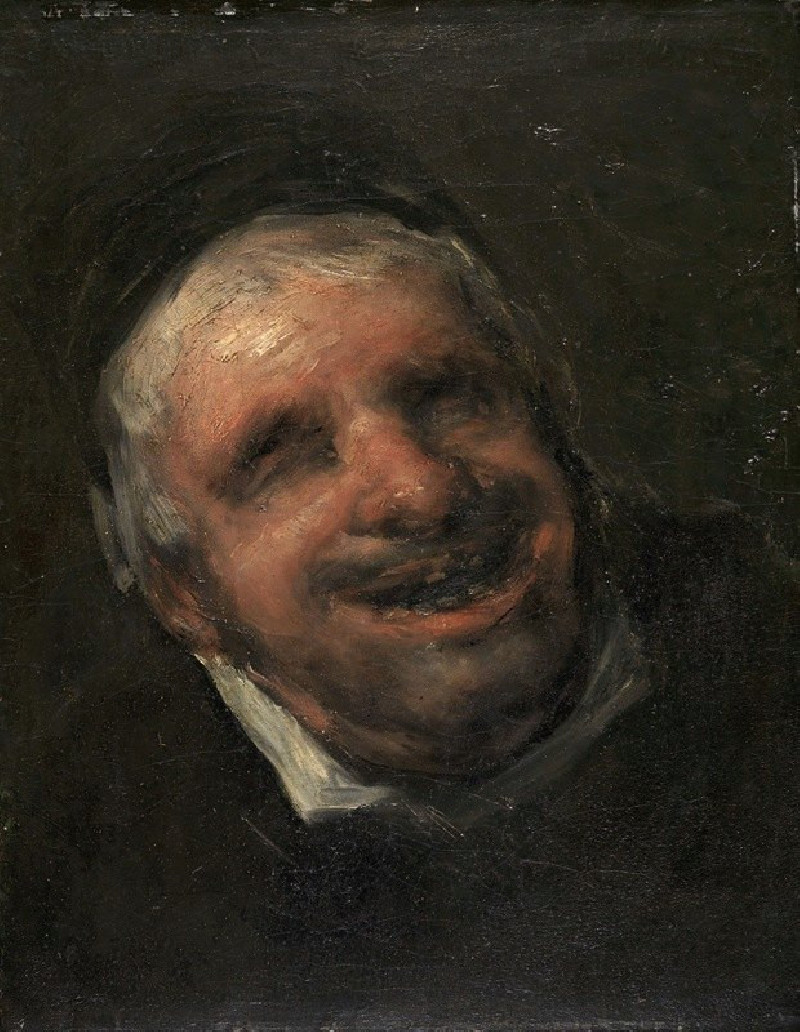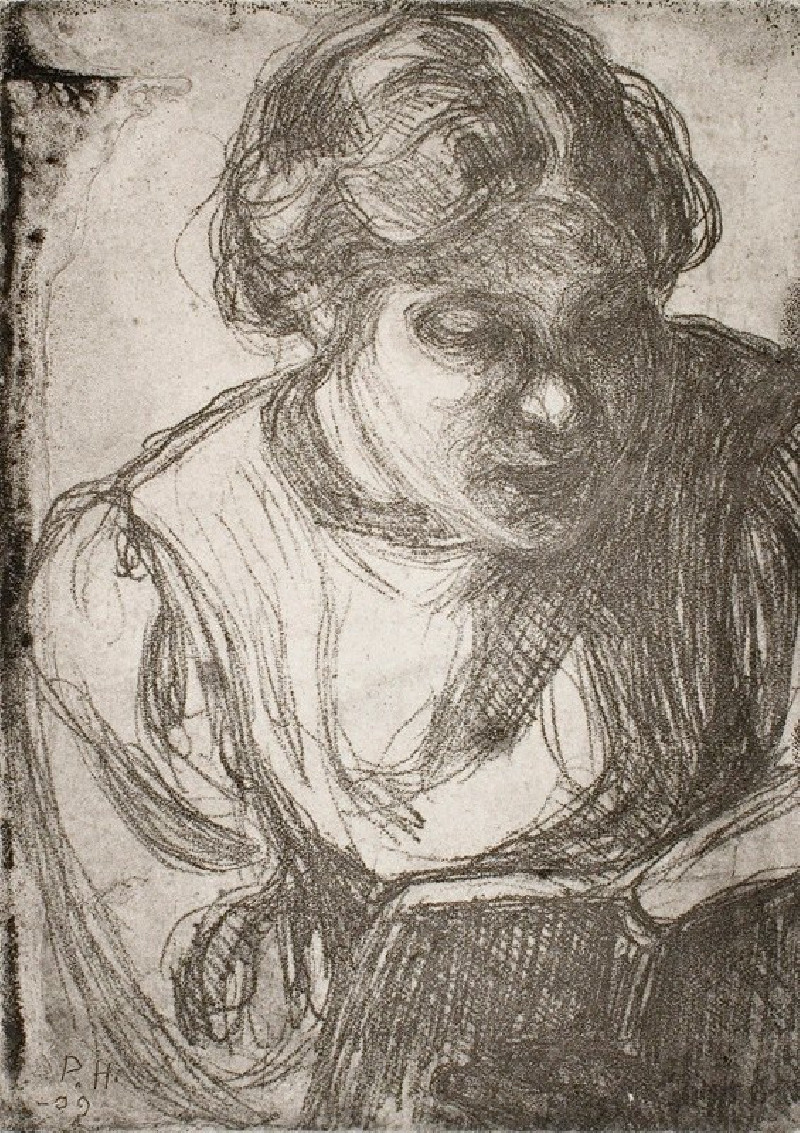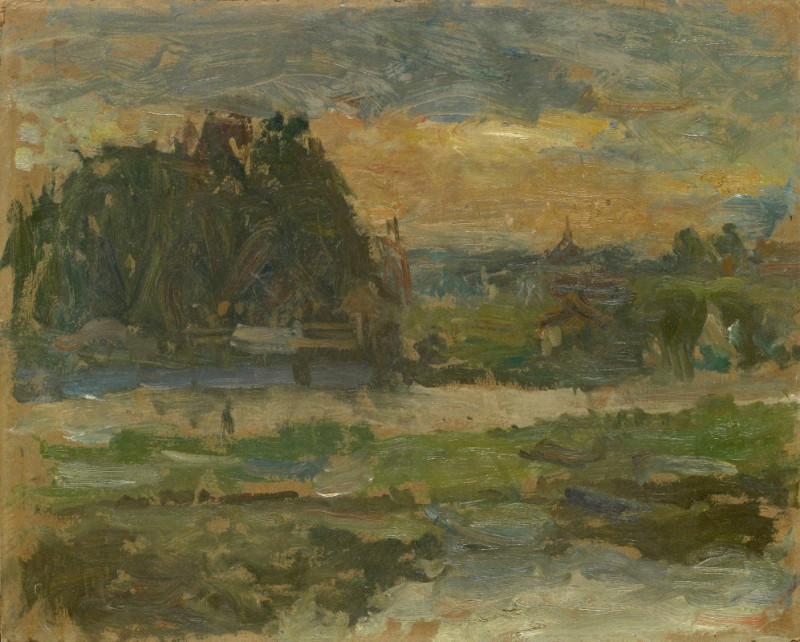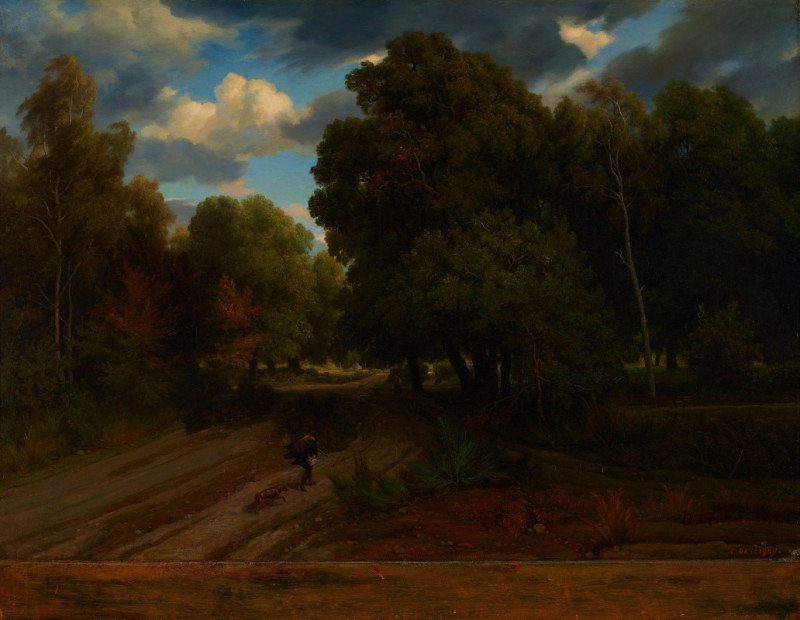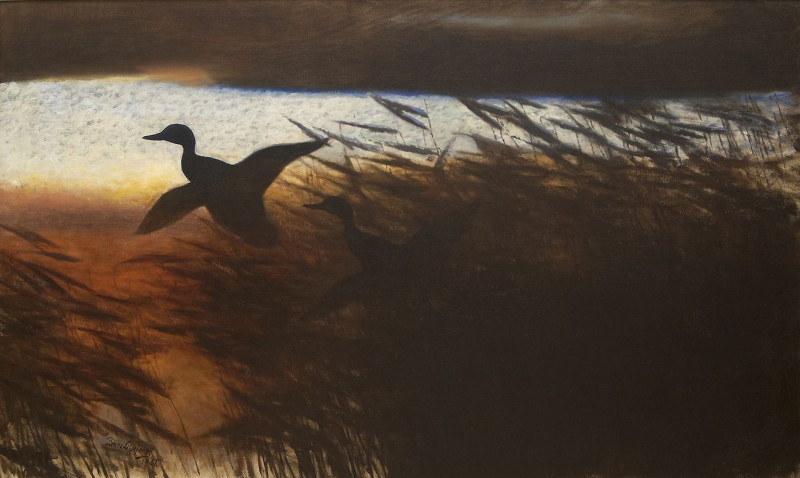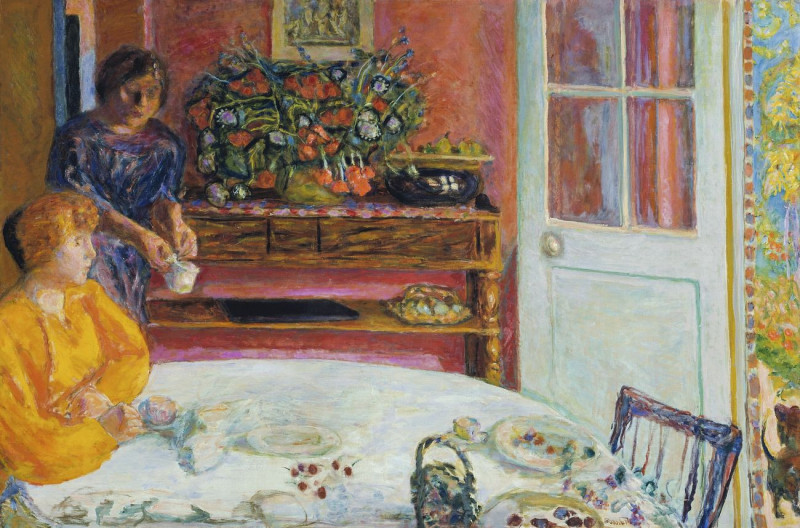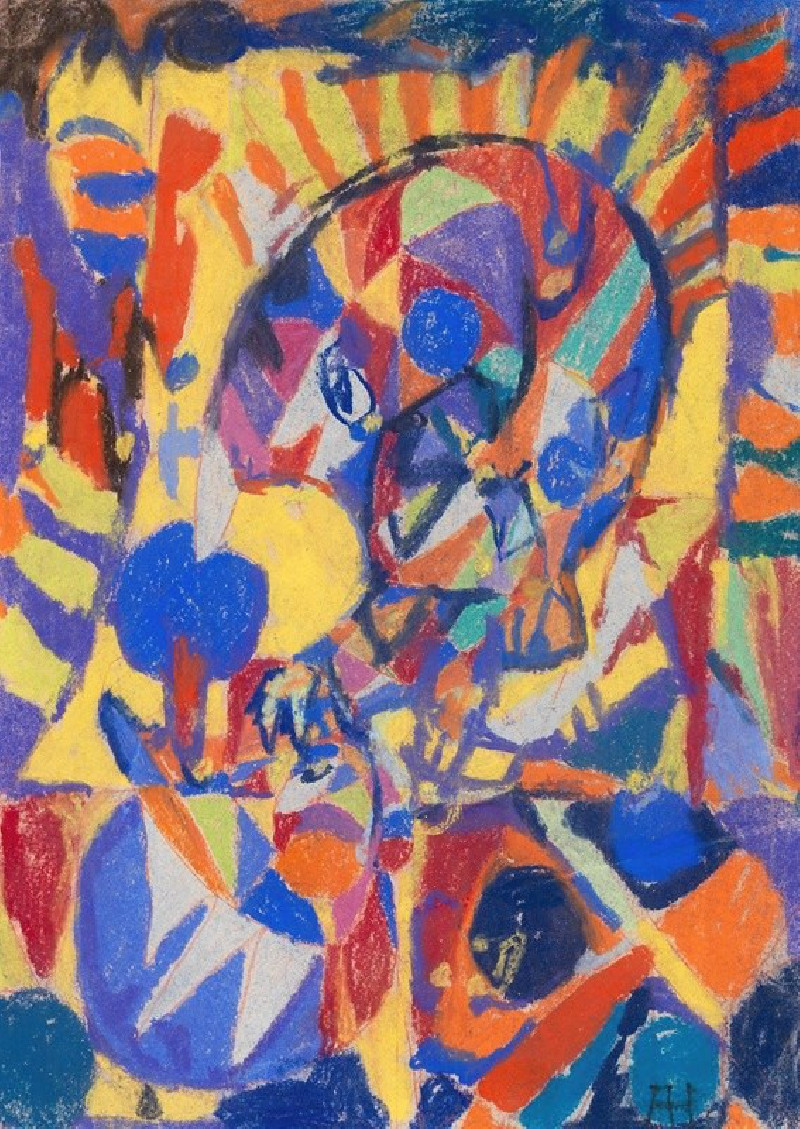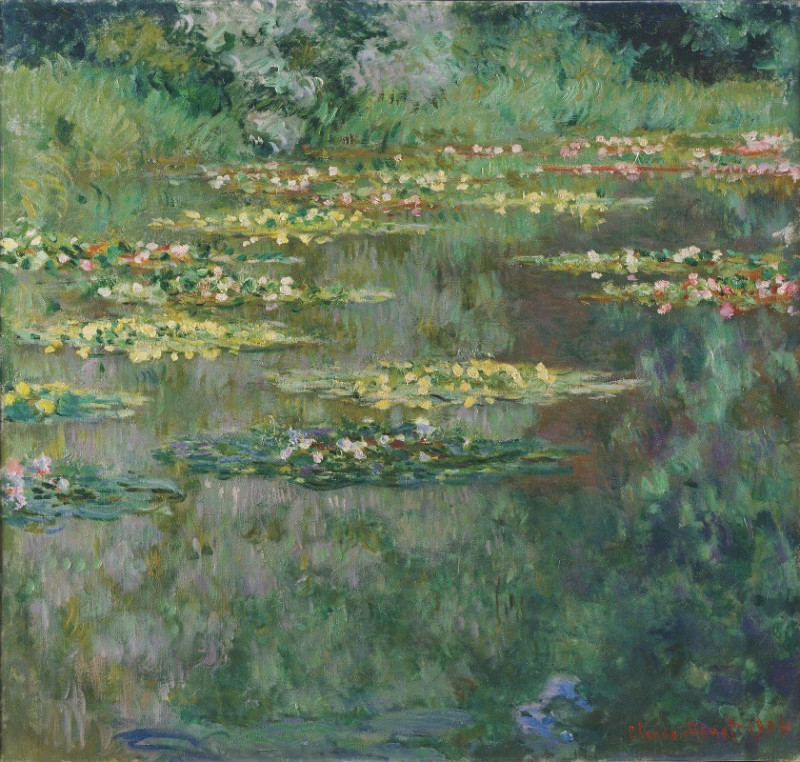Blick in meinen Garten (1920)
Technique: Giclée quality print
Recommended by our customers
More about this artwork
Max Liebermann's enchanting pastel work, "Blick in meinen Garten" (View into My Garden), created in 1920, captures the gentle allure of a private garden in a burst of ephemeral beauty. This painting stands out as a vivid example of Liebermann's dedication to exploring the effects of light and color through the impressionist style.At first glance, one is drawn into a serene and tranquil garden scene, rich with a tapestry of brush strokes that blend naturally occurring shades of greens, blues, and earthy browns. The composition focuses on an intimate viewpoint of the garden, emphasizing a feeling of seclusion and peaceful contemplation. To the left, lush trees cluster thickly, their leaves depicted in quick, vibrant strokes of green and yellow, suggesting the lively interplay of light filtering through their canopies. Towards the center and right of the painting, the garden opens up to reveal a lighter, airier space where delicate tree branches arch gracefully over a walkway, inviting the viewer's eye deeper into the distance.The artwork's soft focus and the dreamy quality of the colors convey the quietude of a private space, where time seems to slow down, allowing one to savor the tranquil beauty of nature. Liebermann's masterful use of pastels creates a texture that is both rich and subtle, adding a layer of sensory experience to the visual journey through his garden."Blick in meinen Garten" not only reflects Liebermann’s own love for the sanctuary of his garden but also invites the viewer to pause and appreciate the beauty of natural surroundings, filtered through the evocative power of impressionistic art.
Delivery
Returns
Max Liebermann was a German painter and printmaker of Ashkenazi Jewish ancestry, and one of the leading proponents of Impressionism in Germany.
The son of a Jewish fabric manufacturer turned banker from Berlin, Liebermann grew up in an imposing town house alongside the Brandenburg Gate.
He first studied law and philosophy at the University of Berlin, but later studied painting and drawing in Weimar in 1869, in Paris in 1872, and in the Netherlands in 1876–77.

